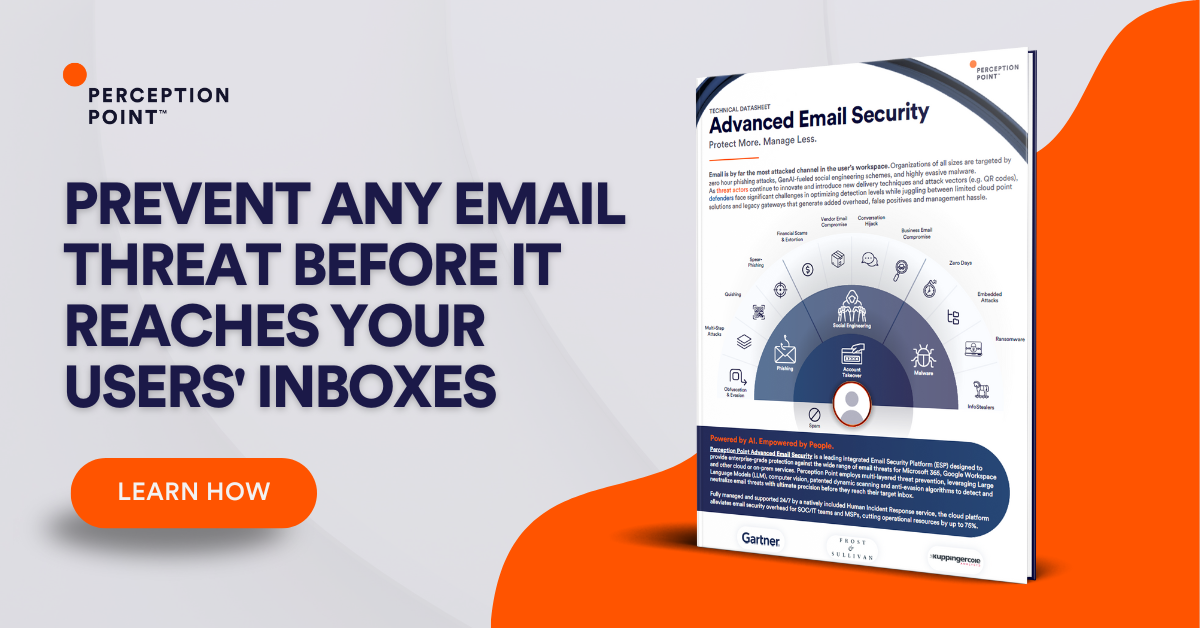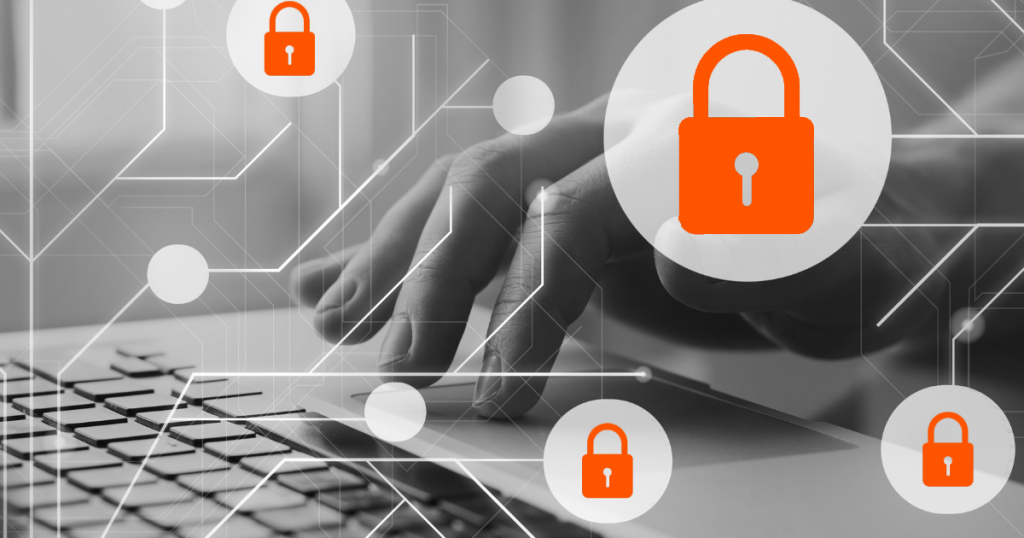What Is Account Takeover Fraud?
Account takeover fraud occurs when an unauthorized user gains access to an existing account, often through stolen or hacked login credentials. Once inside, the attacker can misuse the account for fraudulent transactions, data theft, or to leverage access to other accounts through password reset or credential reuse attacks. This form of fraud is a growing concern due to its ability to quickly compromise user privacy and financial security.
Unlike identity theft, which involves creating new accounts in the victim’s name, account takeover exploits existing relationships between the user and service providers. Attackers benefit from the trust and legitimacy established by the compromised account, making detection and remediation challenging for both individuals and organizations.
This is part of a series of articles about Account Takeover.
In this article
What Is the Impact of Account Takeover?
Account takeover fraud can impact organizations and end users alike.
Impact for End Users
For end users, the consequences of account takeover can range from financial loss to severe emotional distress. Attackers often drain financial accounts, make unauthorized purchases, or pilfer sensitive personal information for further criminal activity. Beyond material losses, victims may also suffer reputational damage if their accounts are used to disseminate malicious content or scams.
Recovering from an account takeover can be a long and complex process for individuals. Victims must not only secure their compromised accounts but also monitor their credit reports and online presence meticulously to guard against identity theft. The breach of personal data and privacy erosion contributes to a lingering sense of vulnerability and mistrust towards digital services.
Impact for Organizations
Organizations face serious consequences following account takeover incidents. Financially, they may incur direct losses through fraudulent transactions or fines for data breaches, alongside the costs associated with investigating the incident and strengthening security postures. In addition, they might be subject to regulatory scrutiny and legal issues.
In addition, the reputational harm from account takeover can erode customer trust and loyalty, affecting long-term revenue and growth prospects. Businesses may also face disruptions to operations and the burden of supporting affected customers, including compensations and efforts to restore customer confidence. The overall impact on both operational efficiency and brand image makes it critical to establish preventive measures.

Tal ZamirCTO, Perception Point
Tal Zamir is a 20-year software industry leader with a track record of solving urgent business challenges by reimagining how technology works.
TIPS FROM THE EXPERTS
- Limit the use of SMS-based MFA. While SMS-based MFA is better than no MFA, it is vulnerable to SIM-swapping attacks. Encourage or mandate the use of more secure MFA methods, such as app-based authenticators or hardware security keys, which are less susceptible to interception.
- Regularly test and audit privileged access management (PAM). Perform regular testing and audits of your Privileged Access Management systems to ensure that highly sensitive accounts are adequately protected. This includes monitoring for unusual activities or access patterns and revoking unnecessary privileges promptly.
- Implement account session management controls. Introduce session management controls that automatically log users out after a period of inactivity and invalidate sessions when certain conditions are met (e.g., password changes or account anomalies). This reduces the risk of session hijacking and unauthorized access through stale sessions.
Methods Used in Account Takeover Fraud
There are various ways attackers use to take over user accounts.
Phishing
Phishing is a cyberattack method where attackers use deceptive emails, messages, or websites to steal personal information, including login credentials, by posing as a trustworthy entity. Attackers aim to trick victims into revealing sensitive information, downloading malware, or visiting malicious websites that capture their data.
For example, consider an email mimicking a bank’s communication, urging the recipient to click on a link and “verify” their account details due to alleged suspicious activity. The provided link leads to a fake website that closely resembles the bank’s legitimate site, where any entered login information is directly sent to the attacker.
These emails often create a sense of urgency, prompting immediate action, and may include official logos and language to seem credible. Entering details on the malicious site can lead to account takeover.
Credential Stuffing
Credential stuffing is a cyberattack method where attackers use lists of compromised user credentials, obtained from previous data breaches, to gain unauthorized access to accounts across multiple platforms. This technique relies on the widespread habit of using the same password across different services. Attackers automate login requests across various websites with these stolen credentials, hoping some will succeed.
An example of credential stuffing is when an attacker uses a leaked database from a forum to access users’ email accounts. Since many people reuse passwords, the attacker successfully logs in to several email accounts, gaining access to a treasure trove of personal information and potentially enabling financial fraud.
This attack method is especially effective due to the volume of available stolen credentials and the lack of robust authentication mechanisms on many websites. For instance, after obtaining credentials from a minor breach, attackers might try to access major financial or shopping sites with the same usernames and passwords. Successful logins can lead to direct financial theft, unauthorized purchases, and further account takeovers.
SIM Card Swapping
SIM card swapping is a malicious technique where an attacker manipulates a victim’s phone carrier into transferring the victim’s phone number to a SIM card in the attacker’s possession. By impersonating the victim, often using stolen personal information, the attacker convinces the carrier to deactivate the victim’s SIM and activate a new one under the attacker’s control. This gives the attacker all the privileges of receiving phone calls and text messages, including those containing two-factor authentication codes.
For example, consider an attacker who carries out SIM card swapping and uses it to bypass a user’s security measures, like SMS-based two-factor authentication. The attacker is now able to compromise not just social media or email accounts but also bank accounts and any other sensitive service relying on SMS for recovery or verification. If the user has privileged access to systems at their organization, the attacker might be able to take over those accounts as well.
Malware
Malware, short for malicious software, encompasses various types of software designed to harm or exploit any programmable device or network. Attackers use malware to gain unauthorized access to systems and steal data, including login credentials, personal information, or financial details, which can lead to account takeovers.
For example, consider an attacker who sends emails with an attachment or link leading to a malware payload. When the recipient opens the attachment or clicks on the link, malware is installed on their device. In account takeover incidents, it is common for attackers to use keylogger malware, which records every keystroke made on an infected device. This allows them to capture passwords and other sensitive information as they are entered, which attackers use for unauthorized account access.
Man-in-the-Middle Attacks
A Man-in-the-Middle (MitM) attack occurs when an attacker secretly intercepts and possibly alters the communication between two parties who believe they are directly communicating with each other. This type of cyberattack can lead to account takeover by capturing login credentials or manipulating transaction details.
For example, if an attacker intercepts the communication between a user and a banking website, they could capture the user’s login details as they are entered or alter transaction data. A common scenario involves an unsecured Wi-Fi network, such as those in public cafes, where attackers can position themselves between the user’s device and the network connection. Users may believe they are directly accessing their bank’s website, but the communication could be routed through the attacker.
How to Detect Account Takeover Fraud
Fortunately, there are several measures that organizations can take to minimize the risk of account takeover and detect a breach.
Monitor Emails and Other Communications
Organizations should continuously monitor email traffic for signs of compromise, such as unexpected attachments or links, emails seeking sensitive information, and communications from unrecognized sources.
Anomalies in email patterns, such as a sudden spike in outgoing emails, could indicate that an account has been taken over and is being used to spread phishing attacks or spam. Email security solutions that scan for suspicious content and quarantine malicious emails are crucial for early detection of account takeover attempts.
Recognize Suspicious IP Addresses
Monitoring and analyzing login attempts from IP addresses can help identify unauthorized access. Suspicious activities, such as logins from geographically improbable locations, multiple failed login attempts, or sudden changes in IP addresses, can indicate an account takeover attempt.
Implementing security measures that flag or block access attempts from IP addresses known for malicious activities or from geographically inconsistent locations can prevent unauthorized access.
Identify Multiple Accounts Being Accessed by One Device
Organizations can track the devices used to access accounts and flag instances where multiple accounts are accessed from a single device. This can be particularly telling if the accounts don’t typically exhibit this pattern of behavior.
This approach typically uses device fingerprinting technologies to recognize and evaluate the risk associated with each access attempt, preventing unauthorized access before it causes harm.
Identify and Block Requests from Known Attackers
Threat intelligence providers and security vendors maintain databases of known attackers and their tactics. Using this data, organizations can preemptively block requests that match known malicious patterns. These databases are collected by analyzing server logs for known malicious IP addresses, user-agent strings, or attack patterns.
Leverage Machine Learning Models
Machine learning models can analyze vast amounts of data to identify patterns indicative of account takeover attempts. By learning from historical incidents, these models can predict and flag potential takeover activities, such as unusual spending patterns or changes in user behavior.
Modern security solutions use machine learning models to dynamically adapt to evolving threats and detect account takeovers with greater accuracy.
Responding to an Account Takeover Attack
If an attacker does manage to take over an account, the organization must respond with the following measures.
Notify Affected Users
When an account takeover occurs, organizations should immediately notify affected users, be transparent about the incident’s nature, and share information about potential impacts. This allows individuals to take protective measures, such as monitoring financial statements or changing passwords. This step helps maintain trust, can mitigate negative perceptions and limit legal repercussions.
Reset Passwords
Resetting the passwords of compromised accounts as soon as possible prevents further unauthorized access. Enforcing strong password creation policies during this process enhances account security. Organizations should also encourage affected users to change their passwords on other services, especially if they’ve reused passwords. This preventive action can avert additional breaches stemming from the same incident.
Investigation and Analysis
Conducting a thorough investigation to understand the attack’s extent and origin is essential. Analyzing how the breach occurred enables organizations to identify and close security gaps. This analysis feeds into future prevention strategies, helping to fortify defenses against similar attacks.
Secure and Monitor Accounts
Immediately securing compromised accounts and closely monitoring them for suspicious activities is necessary. Implementing additional security measures for affected accounts can provide an extra layer of protection during the recovery phase. Continuous monitoring helps detect any further attempts at unauthorized access, ensuring that the organization remains vigilant against repeat attacks.
Update Security Measures
Based on the findings from the investigation, updating security measures to prevent similar incidents is crucial. This may include enhancing network security, updating software, or implementing stricter access controls. Regularly revising and updating security protocols ensure that defenses evolve in response to new threats.
5 Ways to Prevent Account Takeover in an Organization
While it’s crucial to know how to respond to an account takeover when it occurs, it’s also helpful to know how to reduce the risk of it occurring in the first place.
1. Implement Strong Password Policies and Management
To mitigate the risk of account takeover, implementing strong password policies is essential. Organizations should enforce policies that require complex passwords combining letters, numbers, and special characters.
It’s equally important to encourage or mandate regular password changes and discourage password reuse across multiple platforms. Additionally, utilizing a reputable password manager can aid users in generating and storing strong, unique passwords for every service, reducing the likelihood of account compromise due to weak or reused credentials.
2. Use Multi-Factor Authentication (MFA)
Integrating multi-factor authentication (MFA) adds an essential layer of security beyond just the password. MFA requires users to verify their identity through two or more validation mechanisms—something you know (password), something you have (a mobile device), or something you are (biometric verification).
By requiring additional verification, MFA significantly reduces the chances of unauthorized access, even if an attacker has obtained the user’s password. Implementing MFA across all user accounts provides a sturdy barrier against account takeover attempts.
3. Use Email Security and Anti-Phishing Protection
Deploying advanced email security solutions and anti-phishing protection is crucial in defending against account takeover. These solutions can identify and block phishing attempts and malicious email content before they reach the end user.
Modern solutions use AI and machine learning to detect anomalies in email content, links, and attachments, providing real-time protection against phishing attacks designed to capture login credentials. Regular updates and tuning of these systems by security vendors ensure they remain effective against evolving phishing tactics.
4. Adopt Zero Trust Security Frameworks
Adopting a zero trust security framework fundamentally changes how organizations approach access to user accounts. Under zero trust, no entity inside or outside the network is trusted by default, and verification is required from everyone trying to access resources on the network.
This approach minimizes the attack surface and reduces the risk of account takeovers by implementing strict access controls and continuous monitoring of network activities. Zero trust frameworks ensure that only authorized users have access to specific network resources, effectively limiting the potential damage from compromised accounts.
5. Implementing Employee Training and Awareness Programs
Human error often plays a significant role in successful account takeovers. Therefore, implementing regular employee training and awareness programs is pivotal in preventing such fraud.
These programs should educate employees about the latest phishing tactics, the importance of using strong, unique passwords, and recognizing suspicious activities that could indicate a compromised account. A well-informed workforce is a critical line of defense against account takeover fraud, as informed employees are much less likely to fall victim to phishing attacks or inadvertently disclose sensitive information.
Account Takeover Fraud Prevention with Perception Point
Perception Point’s AI-powered cybersecurity solution enables complete multi-layered approach to protection against Account Takeover – preventing attackers from infiltrating the organization, detecting anomalies that could suggest an account has been compromised, stopping attackers from spreading malicious content onto other users, and providing incident management, remediation and reporting.
Learn more about Account Takeover prevention.

Account takeover fraud occurs when an unauthorized user gains access to an existing account, often through stolen or hacked login credentials. Once inside, the attacker can misuse the account for fraudulent transactions, data theft, or to leverage access to other accounts through password reset or credential reuse attacks. This form of fraud is a growing concern due to its ability to quickly compromise user privacy and financial security.
Account takeover fraud can impact organizations and end users alike. For end users, the consequences of account takeover can range from financial loss to severe emotional distress. Meanwhile, organizations face serious consequences following account takeover incidents. Financially, they may incur direct losses through fraudulent transactions or fines for data breaches, alongside the costs associated with investigating the incident and strengthening security postures. In addition, they might be subject to regulatory scrutiny and legal issues.
There are various ways attackers use to take over user accounts.
1. Phishing
2. Credential Stuffing
3. SIM Card Swapping
4. Malware
5. Man-in-the-Middle Attacks
Fortunately, there are several measures that organizations can take to minimize the risk of account takeover and detect a breach.
1.Monitor Emails and Other Communications
2. Recognize Suspicious IP Addresses
3. Identify Multiple Accounts Being Accessed by One Device
4. Identify and Block Requests from Known Attackers
5. Leverage Machine Learning Models
If an attacker does manage to take over an account, the organization must respond with the following measures.
1. Notify Affected Users
2. Reset Passwords
3. Investigation and Analysis
4. Secure and Monitor Accounts
5. Update Security Measures
While it’s crucial to know how to respond to an account takeover when it occurs, it’s also helpful to know how to reduce the risk of it occurring in the first place.
1. Implement Strong Password Policies and Management
2. Use Multi-Factor Authentication (MFA)
3. Use Email Security and Anti-Phishing Protection
4. Adopt Zero Trust Security Frameworks
5. Implementing Employee Training and Awareness Programs
























